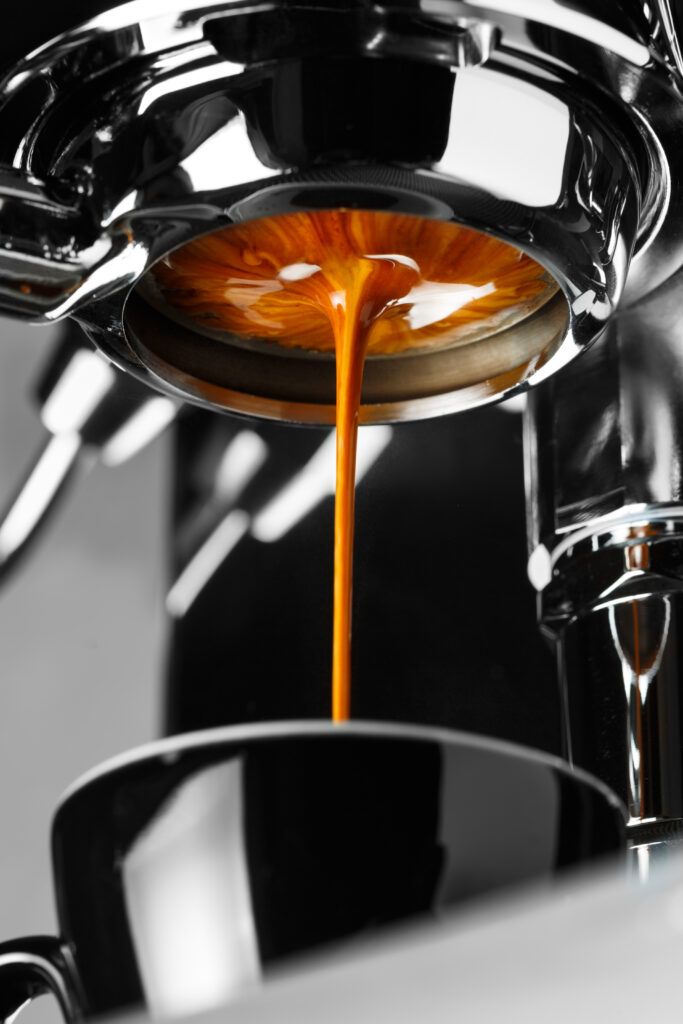As a coffee machine export manager with over a decade of experience in global market insights, I’ve witnessed how varying consumer needs—from busy households to professional cafés—drive distinct preferences for coffee brewing equipment. Among the most common types, drip coffee makers, espresso machines, and capsule systems stand out as pillars of the at-home and commercial coffee scenes. Let’s dive into their unique characteristics, strengths, and limitations to help you navigate these choices.

1. Drip Coffee Makers: The Reliable Workhorses for Everyday Brewing
Drip coffee machines operate on a simple yet effective principle: hot water drips through coarsely ground coffee beans packed in a filter, extracting flavor over 5–10 minutes. They’re a staple in kitchens and offices worldwide, valued for their consistency and ease of use.
Strengths:
- Affordability: Entry-level models start at $30–$50, making them accessible for budget-conscious buyers.
- Batch Brewing: Most models brew 6–12 cups at once, ideal for families or shared workspaces.
- Low Maintenance: No specialized skills required—just add water, coffee, and press start.
Limitations:
- Mild Flavor Profile: The slow drip process often results in lighter, less intense coffee compared to espresso-based methods.
- Limited Control: Temperature and brew time are pre-set, leaving little room for customization (e.g., adjusting strength or body).
- Cleaning Hassle: The carafe and filter basket require daily rinsing, and mineral buildup in the heating plate can degrade performance over time.
Best For: Casual coffee drinkers prioritizing convenience and volume over artisanal quality.
2. Espresso Machines: The Artisans’ Choice for Intense, Versatile Brews
Espresso machines are the backbone of specialty coffee culture. Using high pressure (9 bars is standard) to force hot water through finely ground beans, they produce a concentrated “shot” of espresso—rich, velvety, and layered with crema (the golden-brown foam). From classic piston-driven models to modern super-automatics, these machines cater to coffee enthusiasts and professionals alike.
Strengths:
- Intense Flavor: The high-pressure extraction amplifies the bean’s natural sweetness, acidity, and aroma, making espresso the star of drinks like lattes, cappuccinos, and macchiatos.
- Customization: Advanced models let users tweak variables like grind size, tamping pressure, and brew temperature to tailor each shot.
- Commercial-Grade Performance: Professional-grade machines (e.g., La Marzocco or Synesso) are built for high-volume use, ensuring consistency in busy cafés.
Limitations:
- High Cost: Even entry-level manual espresso machines start at $200–$300, while professional setups can exceed $10,000.
- Skill Barrier: Pulling a perfect shot demands practice—grinding, tamping, and timing must align precisely.
- Space & Maintenance: Larger models require counter space, and regular descaling/cleaning (e.g., group head backflushing) is critical to prevent clogs.
Best For: Coffee aficionados, home baristas, or businesses aiming to serve artisanal espresso-based drinks.
3. Capsule Coffee Makers: The On-Demand Solution for Speed and Simplicity
Capsule systems (e.g., Nespresso, Dolce Gusto) have revolutionized quick coffee fixes. Users insert pre-portioned coffee pods into the machine, which then injects hot water under pressure (varies by model) to produce a single cup in seconds.
Strengths:
- Speed & Convenience: From pod insertion to sipping, it takes 30 seconds—perfect for time-strapped mornings or on-the-go needs.
- Consistent Quality: Pods are factory-sealed, ensuring uniform flavor regardless of user skill.
- Low Cleanup: No grounds to scoop or filters to replace; just toss the used pod (though recycling remains a challenge in some regions).
Limitations:
- Cost Per Cup: Pods typically cost $0.50–$1 per serving, significantly pricier than drip ($0.10–$0.20) or ground coffee ($0.05–$0.10).
- Flavor Restriction: Pod blends are limited to manufacturer recipes, reducing variety (though some brands now offer “craft” or single-origin options).
- Environmental Concerns: Single-use pods contribute to plastic waste, though recycling programs (e.g., Nespresso’s capsule collection) are expanding.
Best For: Busy professionals, renters with limited kitchen space, or those prioritizing instant gratification over customization.
Final Thoughts: Matching the Machine to the Moment
Choosing between these three types boils down to lifestyle and priorities. Drip makers shine for daily, low-effort brewing; espresso machines cater to passion and versatility; capsules deliver speed for on-the-go needs. At Sheen, we’ve observed global demand leaning toward versatile, user-friendly models—especially as remote work and small-space living rise.
Whether you’re a retailer sourcing for your customers or a home user upgrading your setup, understanding these distinctions ensures you invest in equipment that aligns with real-world needs. Ready to explore our curated range of drip, espresso, and capsule machines? Visit our Sheen Blog for in-depth reviews, buyer’ guides, and industry trends. Have questions about pricing, bulk orders, or after-sales support? Our team is here to help—simply reach out via our contact page or email us at saleshttps://sheeninc.com/contact-us/
Cheers to your next perfect cup!

